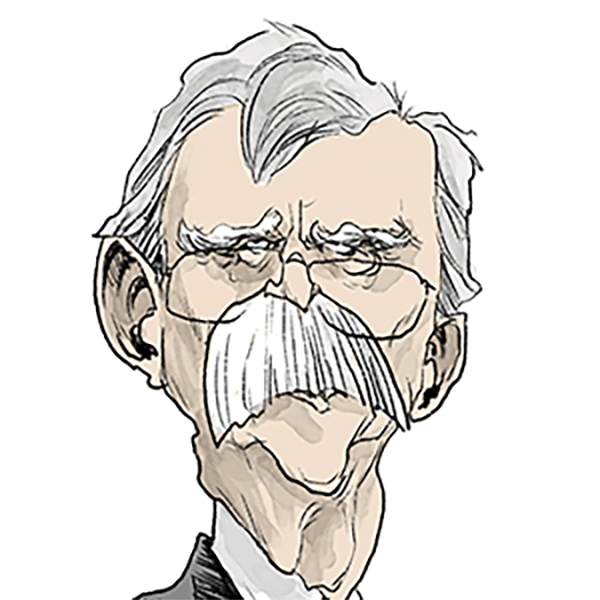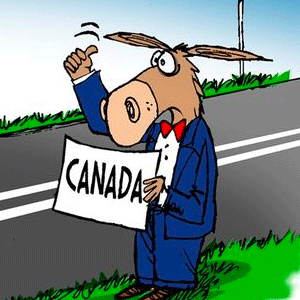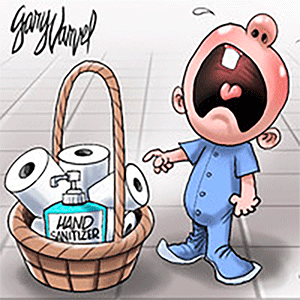Rumble strips, protected bike lanes, and 7 other efforts to make roads safer
Published in Slideshow World
Subscribe
Rumble strips, protected bike lanes, and 7 other efforts to make roads safer
While the COVID-19 pandemic may already be in the rearview mirror for some, its legacy on America's roadways continues to be acutely felt today.
According to the National Highway Traffic Safety Administration, the national public health emergency changed driving patterns drastically, with "drivers who remained on the roads engaged in more risky behavior, including speeding, failing to wear seat belts, and driving under the influence." The trend ultimately led to a record-high number of more than 43,000 fatalities in 2021, a dramatic 10.8% increase from the previous year.
While 2023's nearly 41,000 road fatalities represent a modest decrease from 2021's high, that figure remains stubbornly higher than pre-pandemic levels.
For the most part, behaviors such as distracted driving and the aforementioned risky behaviors continue to be the main drivers of fatalities, according to TRIP, a national nonprofit transportation research group. While most of these causes seem preventable, the former looms as the most unintentionally deadly driver behavior. That's because distracted driving isn't just cell phone usage and texting, but lower-effort behaviors that drivers might not realize count as risk factors, including "eating, talking to passengers, adjusting the radio/climate controls, or adjusting other vehicle controls."
To identify nine proven measures being adopted to improve American road safety—and counteract such risk factors—The Generalconsulted a Federal Highway Administration report and other sources to highlight safety countermeasures that offer measurable impacts.
Some, such as the application of rumble strips, are incredibly simple and offer a 44% reduction in crashes between two vehicles going in opposite directions, head-on collisions, and sideswipe accidents. Others, such as roundabouts, might require a larger investment but promise a jaw-dropping 82% reduction in crashes.
Read on to learn more about the countermeasures that can confidently lead to a reduction in both fatal and noninjury crashes. Who knows? They could save your life someday.
Visit thestacker.com for similar lists and stories.
Automated speed enforcement cameras
Speed safety cameras are an effective way to enforce speed limits without the need for around-the-clock police patrols. Often installed around high-traffic regions, speed safety cameras use laser and radar technology to measure a vehicle's speed and capture photographic or video evidence of vehicles going over the set limit. These cameras can be implemented in many ways, from one fixed camera targeting a specific location to multiple cameras that calculate a vehicle's average speed over a certain distance. The technology is effective, with fixed units leading to up to a 54% reduction in crashes on major urban roads.
Rumble strips
Newer car models these days are equipped with "lane departure warning systems" that sound an alarm when cars steer away from their lanes. Rumble strips work similarly; the raised and textured strips of pavement alert drivers through tactile and auditory feedback that they've left their lanes. Despite the rumble strip's low-tech composition, the physical element of the raised road patterns means that drivers can only "turn them off" by correcting their lane positioning. The result? A 44 to 64% reduction in head-on, opposite direction, and sideswipe crashes.
Median barriers
There's not a lot of room for error in narrow, high-speed roads. That's where median barriers come in. Designed as either cable, concrete, or beam guardrails, barriers reduce the severity of cross-lane accidents, often preventing full, head-on collisions. When implemented on rural four-lane highways, these barriers resulted in a 97% reduction in cross-media crashes. Furthermore, they offer a level of psychological support for drivers who are intimidated by such fast streets.
Roundabouts
Roundabouts are one of the most effective measures for reducing car crashes, boasting an 82% reduction in severe crashes. Implemented as substitutes for traditional intersections and signals, roundabouts work by organically "transitioning traffic from high-speed to low-speed environments." In addition to working without the need for police, yearly maintenance, or traffic signals, roundabout islands also result in safer roads for pedestrians and bicyclists, as well as beginner or elderly drivers. That's a win-win-win in exchange for a smaller intersection.
Pedestrian crossing head-start
It's common for pedestrians crossing high-volume intersections to feel a slight sense of trepidation and doubt before crossing intersections. Pedestrian head-start signals directly address the power imbalance between vehicle and pedestrians. Offering the latter a three- to seven-second head start to begin crossing before cars see a green light, these signals allow pedestrians to establish themselves in the crosswalk and assert their right-of-way. This additional time has decreased pedestrian crashes by 13%.
Pedestrian crossing islands/medians
In the absence of traffic signals, pedestrians are saddled with many microfactors they must take into consideration before crossing the street. Pedestrian crossing islands and medians, also known as refuge islands, offer people the opportunity to cross one direction of traffic at a time and safely wait on an "island" before finishing crossing the road. It's important, however, to note that islands aren't necessarily effective on high-speed, multilane roads,where other safety measures such as signals and a reduction in lanes might result in more immediate change.
Protected bike lanes
Bikers who share the road with drivers don't often see that favor returned. Protected bike lanes, or lanes that are separated and protected via posts or other physical barriers, offer cyclists a way to pedal in peace, without the fear of encroaching vehicles. But that's not all: One study from the University of Colorado Denver of 13 years of data from multiple American cities found that bike lanes act as "calming mechanisms on traffic, slowing cars and reducing fatalities." Most prominently, fatal crash rates dropped by 61% in Seattle and 49% in San Francisco. What's more, protected bike lanes result in more bikers on the street, a boon for climate activists and longer lifespans alike.
Curved roadside improvements
The reality of curved roads makes them risky: They involve sharp angles, reduce visibility, and can act on your vehicle's speed and movement in unexpected ways. But improved roadside designs—ranging from widened shoulders to clear zones —can remarkably improve a driver's ability to recover after accidentally leaving the roadway.
Just like rumble strips, improvements such as flatter slopes and shoulders transition drivers from smooth pavement to rougher terrain, signaling imminent danger while giving them space to course-correct. Barriers might not necessarily give drivers the chance to bounce back, but they do prevent even more serious accidents, such as head-on collisions.
Road safety audits
Of course, fundamentally reviewing whether the design of a road or intersection is safe or not, before or after it's put in place, can be as effective as any countermeasure installed on top of said road. Road safety audits are especially effective because they are completed by multidisciplinary teams that complete a comprehensive review of a design.
From site characteristics, such as surface conditions and barriers, to human factors, such as road user behavior, elements observed in an audit come together to answer the question of what could be done to eliminate or mitigate safety concerns. What makes the audit so incisive might also be the fact that road owners can't just neglect such findings—they're actually mandated to prepare a formal response.
Additional research by Paxtyn Merten. Story editing by Carren Jao. Additional editing by Kelly Glass. Copy editing by Tim Bruns.
This story originally appeared on The General and was produced and distributed in partnership with Stacker Studio.
















Comments